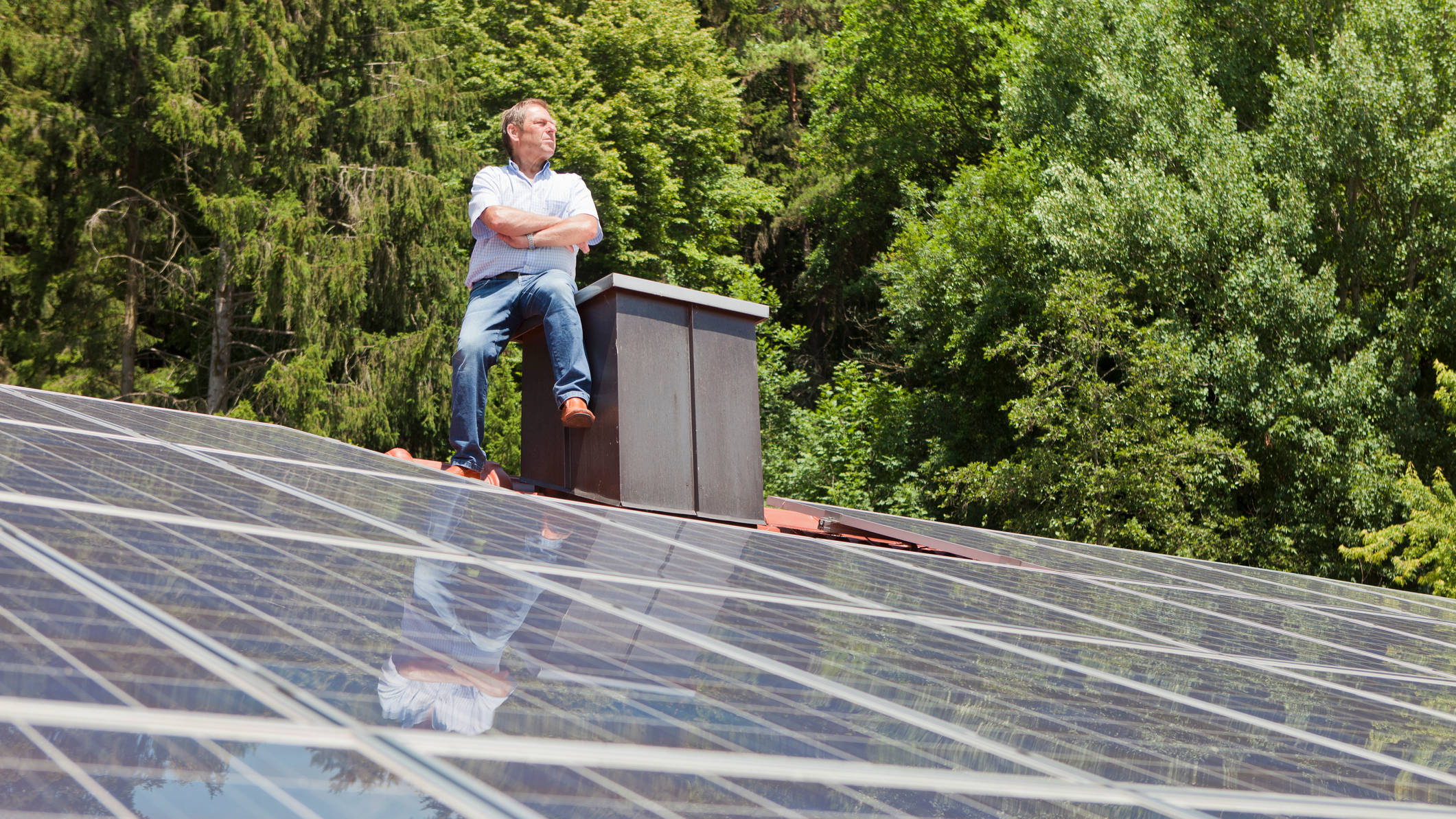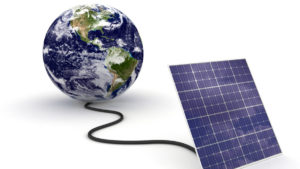Green Energy: AEMO says electricity grid will be reliable in coming years but must plan for rise of rooftop solar

Pic: Maiwolf Photography/Image Source via Getty Images.
NEM will be reliable in years to come: market operator
If the Federal Government is concerned the exit of coal plants from the national electricity market will put reliability at risk, its own energy market operator does not seem too concerned for now.
The AEMO has released its latest 10-year outlook on the reliability of the national electricity market, which is undergoing rapid change as rooftop solar grows and large scale renewables reshape the grid and market.
Suggestions that physical firming capacity from thermal sources like coal and gas, plus hydro, will be needed to ensure reliable and affordable electricity is available to Australian households and businesses have been placed front and centre in the post-2025 market redesign proposal the Energy Security Board has put to State and Federal energy ministers.
The AEMO says in its Electricity Statement of Opportunities the grid is not forecast to have reliability issues over the next five years, with the first gaps forecast to emerge in Victoria from 2028-29 and New South Wales from 2029-30 only if no ‘dispatchable’ generation emerges to replace exiting coal generators like Yallourn.
“No reliability gaps are forecast for the next five years, primarily due to more than 4.4 gigawatts (GW) of new generation and storage capacity, as well as transmission investment and lower peak demand forecasts,” AEMO CEO Dan Westerman said.
“Significant renewable energy investments, and well-progressed dispatchable generation projects, including gas plants, pumped hydro and battery storage, will all help replace retiring thermal plants. The new dispatchable capacity will also enable higher penetrations of low-cost solar and wind generation into the market in the coming years.
“Approved investment in existing and new transmission infrastructure, including Project EnergyConnect linking South Australia and New South Wales, will reduce consumer costs by better sharing of energy resources, while also enhancing resilience and security across the NEM.”
Westerman said there were “well-progressed generation, storage and transmission projects” which once operational will maintain reliability once coal plants begin to retire.
Rooftop solar an emerging challenge for demand
Another 8.9GW of rooftop solar is expected to be loaded up by Aussie households and businesses by 2025 on top of the 14GW already deployed across mainland NEM states. As much as 77% of total electricity demand at times could come from rooftop solar from 2026, with minimum operational demand to drop to 4-6GW by 2026 from 15GW in 2019.
The AEMO says this drop in demand looms as the biggest issue to navigate to maintain electricity flow in the NEM post-2025.
“Without additional operational tools, AEMO may no longer be able to operate the mainland NEM securely in all periods from 2025 due to a lack of security services when demand from the grid is so low,” Westerman said.
“These conditions may occur earlier than 2025 under abnormal network conditions, such as network and generation unit outages, possibly associated with bushfires or storms.
“The Energy Security Board has proposed a suite of reforms to deliver essential system services that once approved and implemented, will help address these needs.
“Australia’s energy system is transitioning to a decarbonised and decentralised power system, and AEMO is committed to working collaboratively with market bodies, governments, industry and consumers, who are at the centre of the energy transition.”
The impact of extreme weather events like the one that closed the Yallourn coal operation in Victoria this year still pose a threat to reliability there.
The AEMO also said the “accelerated exit of coal and growing risk of plant failures is increasing the need for dispatchable projects currently progressing such as Tallawarra B in New South Wales and Jeeralang Battery in Victoria, as well as transmission to carry energy from Snowy 2.0 pumped hydro to consumer centres.”
Hydrogen, electrification could double demand by 2050
It has also factored in demand for the first time from things like green hydrogen production and motor electrification, with as much as 81TWh of additional consumption in a high take up scenario.
The growth of these industries beyond 2030 could see electricity consumption double by 2050.
“As the energy transition accelerates, the decarbonisation of other sectors also needs careful planning of their interface with the energy system. This will require the right incentives, policies, technologies, and importantly building a social licence with consumers who are increasingly central to our energy future,” Westerman said.
MPower purchases first BOO power sites
ASX-listed MPower Group (ASX:MPR) has set its sights on becoming an emerging renewable energy play by producing a series of small scale power plants across Australia’s east coast.
The company has purchased its first two build-own-operate 5MW sites, the initial investment in a series of 20 due to be rolled out at a total asset value of $150 million.
MPower will purchase the Narromine development in New South Wales from ITP Renewables, and the Mangalore project in Victoria from Tetris Energy for a combined $1.3 million.
It will take control of the 5MW projects over the coming months when they become ‘shovel ready’.
Each is planned to be operating and generating revenue for MPower by the 2023 financial year.
Narromine, 40km west of Dubbo, is set to be shovel ready in three months and revenue generating by early FY2023, while Mangalore, about 120km north of Melbourne, is expected to be shovel ready by the end of 2021 and commissioned in the first half of 2023.
All up the projects will give MPower a generating capacity of around 24,500MWh, enough to power over 3000 homes.
CEO Nathan Wise said build-own-operate stations would shift to be the company’s primary focus as new sites are added.
“Securing our first purchase agreements over two sites is a pleasing development and marks a material step in advancing our plans to establish a portfolio of 20 renewable energy sites under our BOO model,” he said.
“The first two locations have been chosen because they meet our well-defined site selection criteria of being in attractive areas with site conditions that are highly compatible with solar generating activities.
“As the total number of sites secured continues to scale, the company’s focus continues to shift further towards Build Own Operate activities.
“Deploying more of the company’s resources to these initiatives is expected to deliver superior returns and unlock considerable value for shareholders in the longer term. This is the focus for our team now.”
$16.4 million capped MPower is up 280% over the last year as its shift to the BOO renewable power strategy has developed.
MPower share price today:
Related Topics

UNLOCK INSIGHTS
Discover the untold stories of emerging ASX stocks.
Daily news and expert analysis, it's free to subscribe.
By proceeding, you confirm you understand that we handle personal information in accordance with our Privacy Policy.








